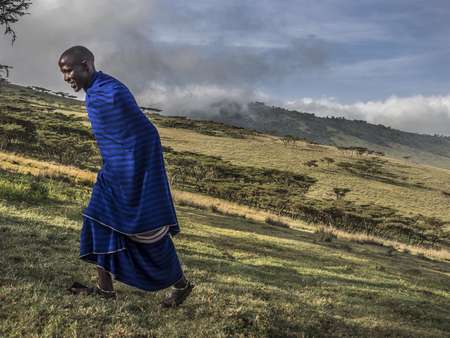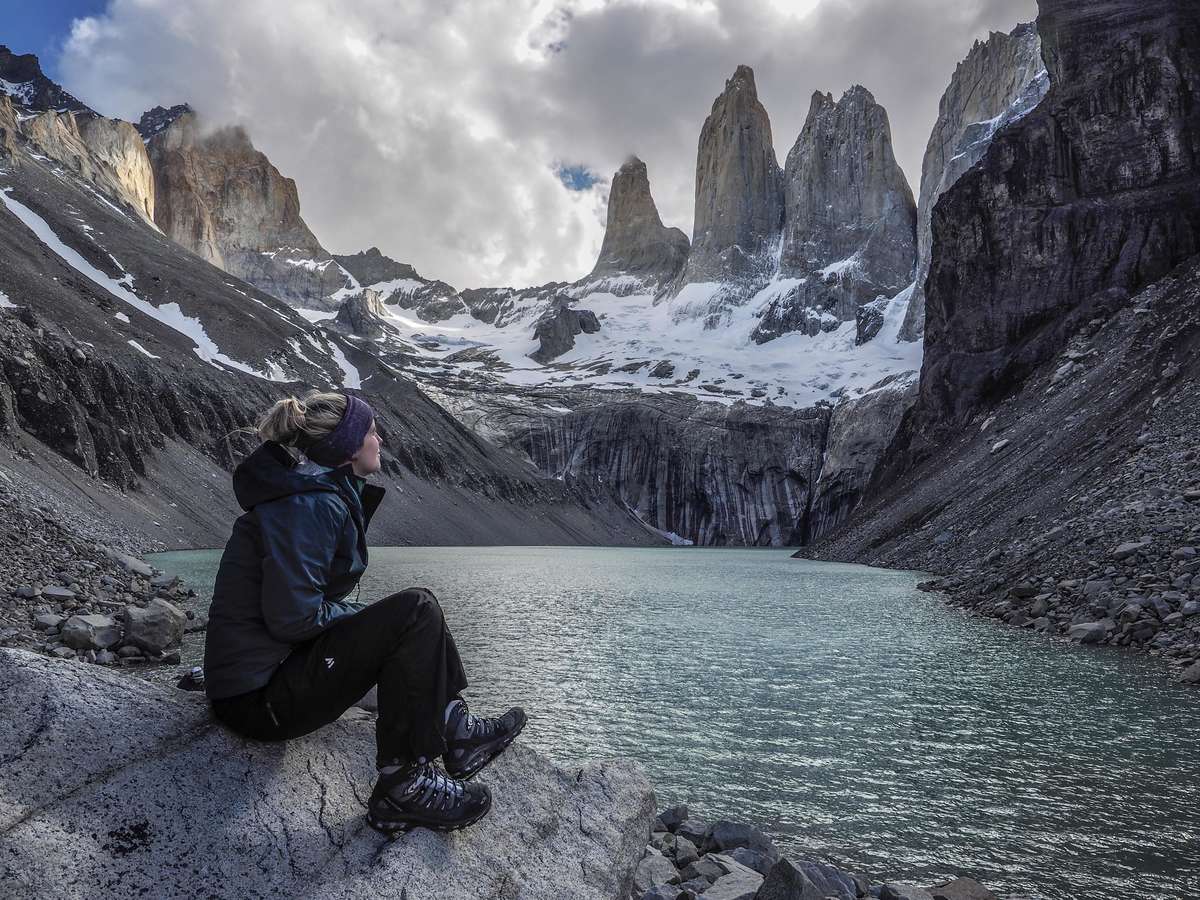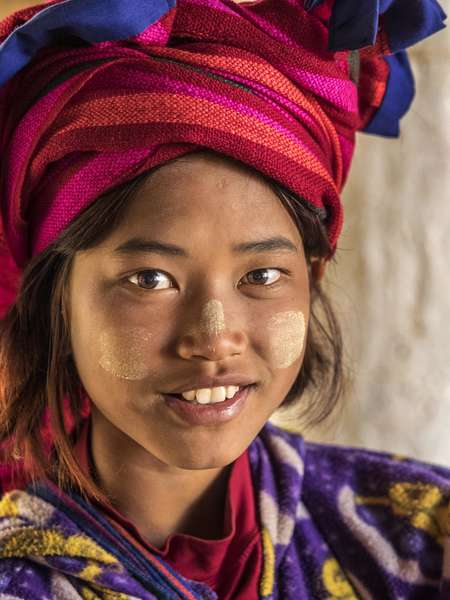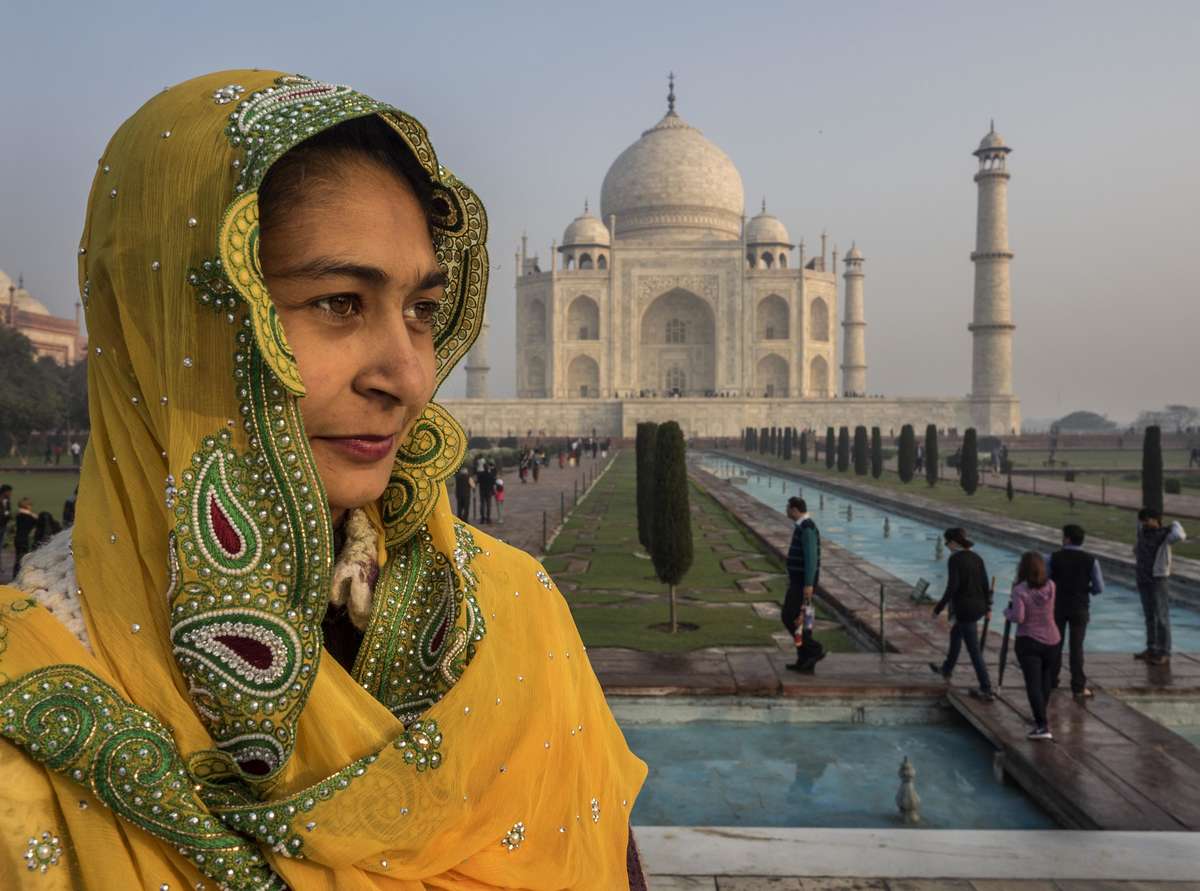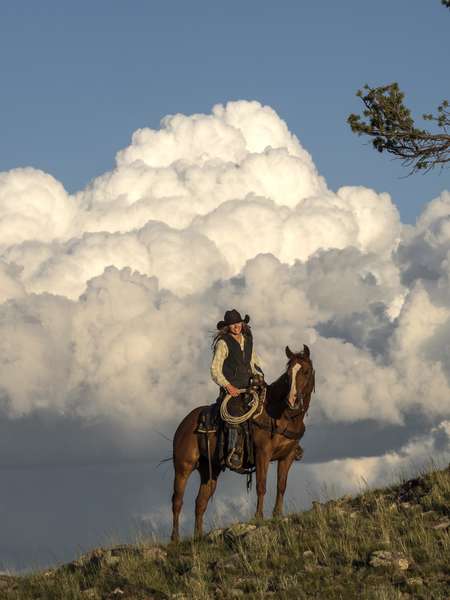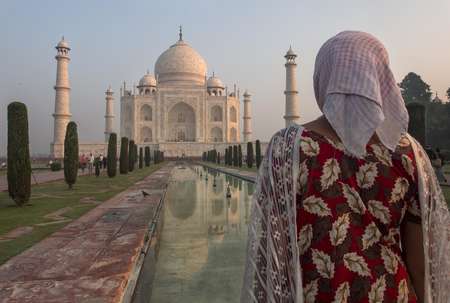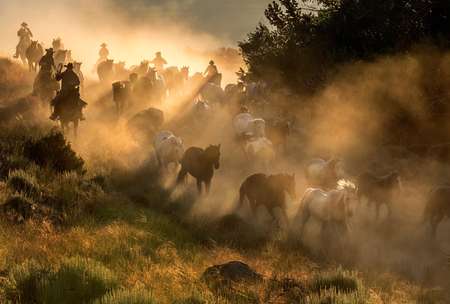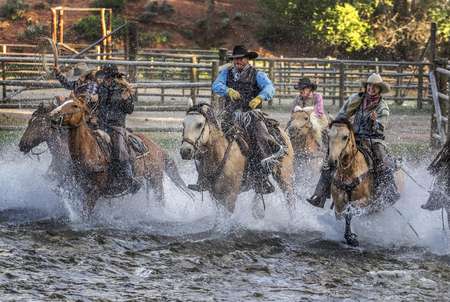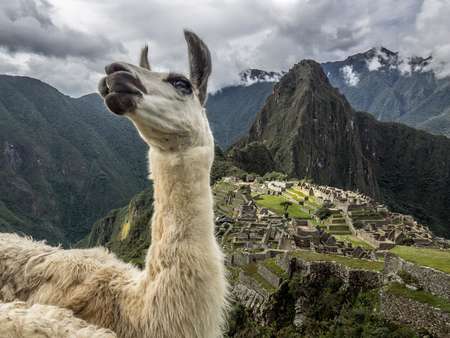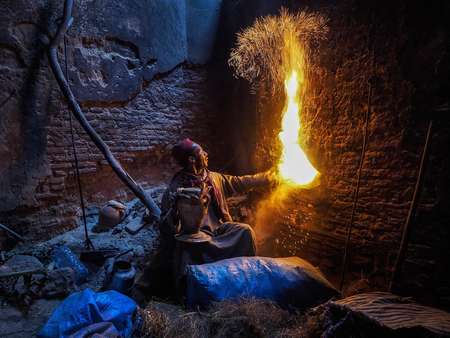The camera can reinforce and reinvent the reasons we travel. By learning to “see photographically,” I believe we are able to more thoroughly enjoy the world around us. By seeing photographically, the viewer is processing the scene, determining what is drawing their interest: palette, composition, moment or a combination of all three.
As a professional in this business for 45+ years, I thought I’d share a few ideas that may make your travel experience a bit easier and fruitful.
TRAVEL LIGHT
Right out the gate, I’ll say that one of the first rules of travel photography is “travel light.” Minimize the amount of gear you are carrying, not only will a huge bag and large cameras draw a lot of attention, but it may interfere with that connection you hope to make with your potential subject.
The majority of my work is travel photography; last year I spent more time out of country than in. I primarily shoot with the OM-D E-M1 Mark II, and M.Zuiko Digital ED 7-14mm f2.8 PRO, M.Zuiko Digital ED 12-40mm f2.8 PRO and M.Zuiko Digital ED 40-150mm f2.8 PRO lenses – all very weather-resistant, since weather can provide great shooting conditions if you are ready!
I always work with two cameras, using a BlackRapid “Duo” strap system, that distributes the weight evenly on my shoulders. By using this two-camera setup, I find that I’m actually minimizing what I’m carrying as I have ready two lenses to cover a range from wide to telephoto. This lets me concentrate on the subject, not the extra gear in my bag. What I love about the Olympus, it gets “out of the way” in the shooting process, becoming an extension of my eye.
Another reason I love my Olympus OM-Ds: the camera is small and unobtrusive. This is really important for that travel & location photographer, as I want to be as “invisible” as possible when shooting. Plus, being so small, I can carry my OM-D’s all day without breaking my back. What’s the best camera to have? The one that’s in your hands when needed.
If wandering with one camera, the E-M10 Mark II with the ED 12-40mm PRO lens is an unbeatable combo. Very inconspicuous, and with a very workable zoom range, in addition to being quite fast, this package allows you to work so many situations involving street photography.
PREPARE IN ADVANCE
Make sure that you have all of the basics cove red: batteries charged, memory card ready to go, formatted and the previous days’ shoot downloaded.
As a travel photographer, it’s important to have an understanding of the place in which I’m looking for images. When shooting a National Geographic story, about 80% of my assignment is spent with research, so when I’m finally in the field I’ll have a good sense of what’s going on, what is polite or rude, and foundation of the culture. I don't want to make avoidable errors that can cause problems, and the internet provides an amazing amount of information for a photographer.
BE THE EARLY BIRD
When photographing in small villages or towns, and wanting to photograph in the almost always rich area of plazas and town centers, get there early. Best to be part of the landscape when the place starts “waking up.” Walking in later as an outsider (and loaded with gear) may make you the center of attention, which is often the opposite of what you want to be.
MAKING EYE CONTACT
Often when photographing on the street, and you see a possible situation start to take form, frame the scene and let the subject walk into your viewfinder. If a great situation is happening, I usually shoot first then decide if I want to take it to the next level and approach my subject. Making eye contact is one of the first things I do here. You’ll know quickly if your attention is not welcome. I find that the eye contact is critical, as I can usually further the possibility of extending the shooting situation. You’ll learn, very quickly, when someone doesn’t want to be approached. Learn when to cut your losses and back away. I find that a genuine interest in the subject can go a long-ways, no matter who this may be. I’ve approached the beggars on the streets of third-world countries, as well as the very well to do in beautiful locations, and by dealing with that potential photo subject with dignity, you can really open the possibilities.
SHARE YOUR IMAGES
This simple, but often ignored process, can help create a bond between you and the subject. Someone who initially may be a bit unsure of your intent, may be coerced into giving you more time when seeing on the camera monitor what you are creating. And, try to obtain an address or email and send them copies of the images you’ve created of them.
ALWAYS BE READY
When shooting on the street or in public areas, have all your camera settings in place, nothing worse than that great moment presented to you when your gear isn’t ready. My thinking has always been that when the camera is slung on my body, a switch goes on in my head: I’m thinking and seeing photographically. In these situations, I’ll have the sleep mode set to 3 or 5 minutes, and if things are percolating, I’ll keep touching the shutter button to make sure the camera is awake and ready to shoot in an instant. I’ll also make sure I’m in the proper shooting mode, manual, shutter, program or aperture priority..this is up to you, and that my exposure is in a realistic range for the type of image I’m hoping to capture. On the streets, I’ll often use Shutter Priority, as I am concerned with motion and moment. Everyone has their favorites, and different situations will demand the appropriate mode.
KNOW WHEN TO SHOOT & WHEN TO WALK AWAY
Very importantly, know when to back out or leave a scene or situation. Realistically, not every area in which you might like to photograph will be the safest place to take you and your valuable camera. And, learning to have your “radar” up in terms of safety is paramount. Also, not every situation that may be in front of the camera will be appropriate to photograph. For example, if I see kids whom I may want to photograph, the first thing I do is look for parents or someone obviously in charge. Be very careful photographing kids without permission, you could end up in trouble, with the parents or with the law. Learn the local mores and traditions, so you’ll know not to make a simple mistake that could be construed as improper or insulting.
My Olympus camera has given me the reason to approach many, many people in many different countries. This is common in my work, to see someone who looks interesting or is doing something interesting, and ask permission to photograph them. Don’t be disheartened if you get turned down…just move on, keep an eye out for that next interesting character, and try again. You will have success eventually. And, the friendships I’ve developed over the years strictly due to the camera number in the dozens. Isn’t this why we travel, to get under that “veneer” of tourism and be able to touch on something real? The camera can be your passport, your entrée, into this world.
See More of Jay's Travel Photography
Web: jaydickman.net
Blog: firstlightworkshop.com/wheres-jay/
Twitter: @jaydickman
As a Pulitzer Prize-winning photojournalist and National Geographic photographer, Jay Dickman is one of the most traveled, experienced and celebrated photographers in the program.
